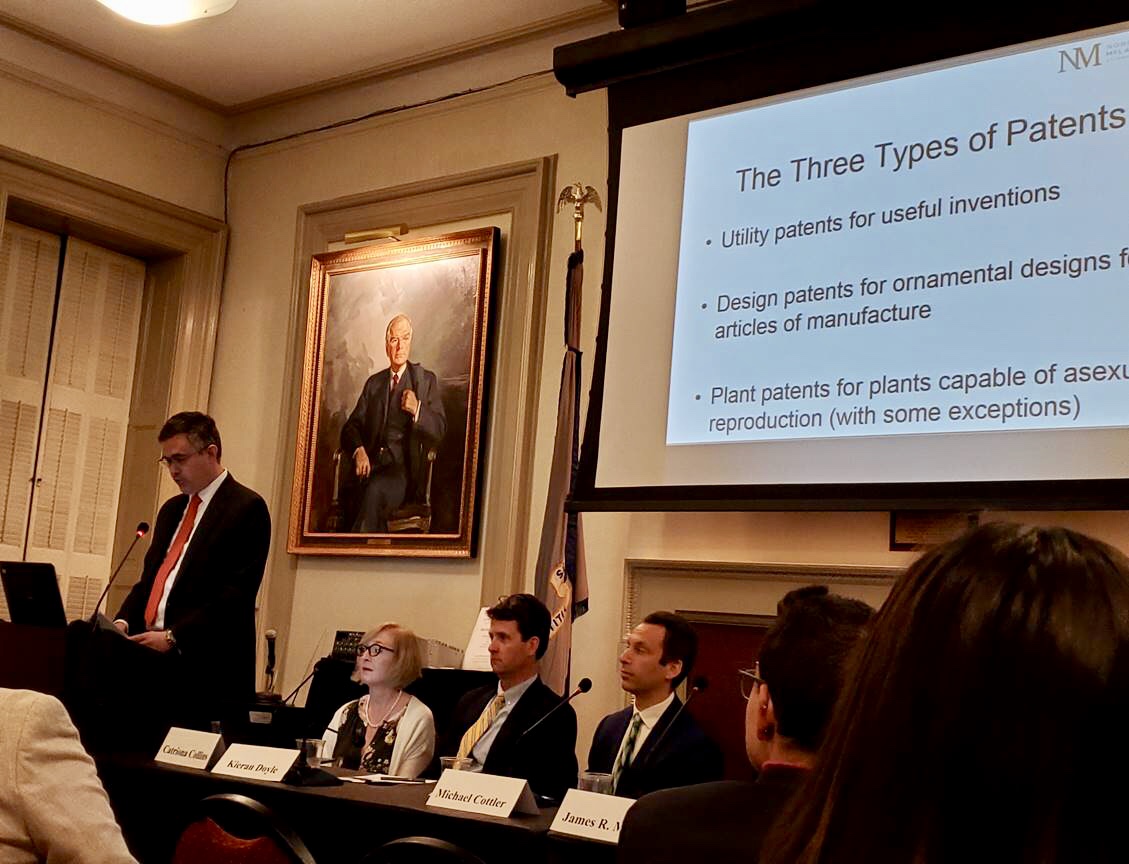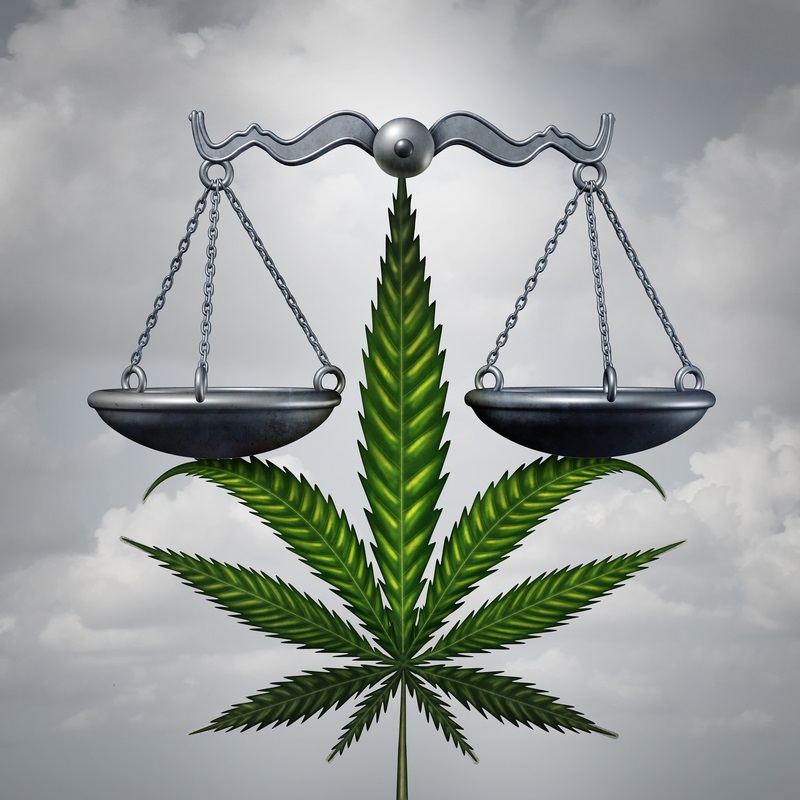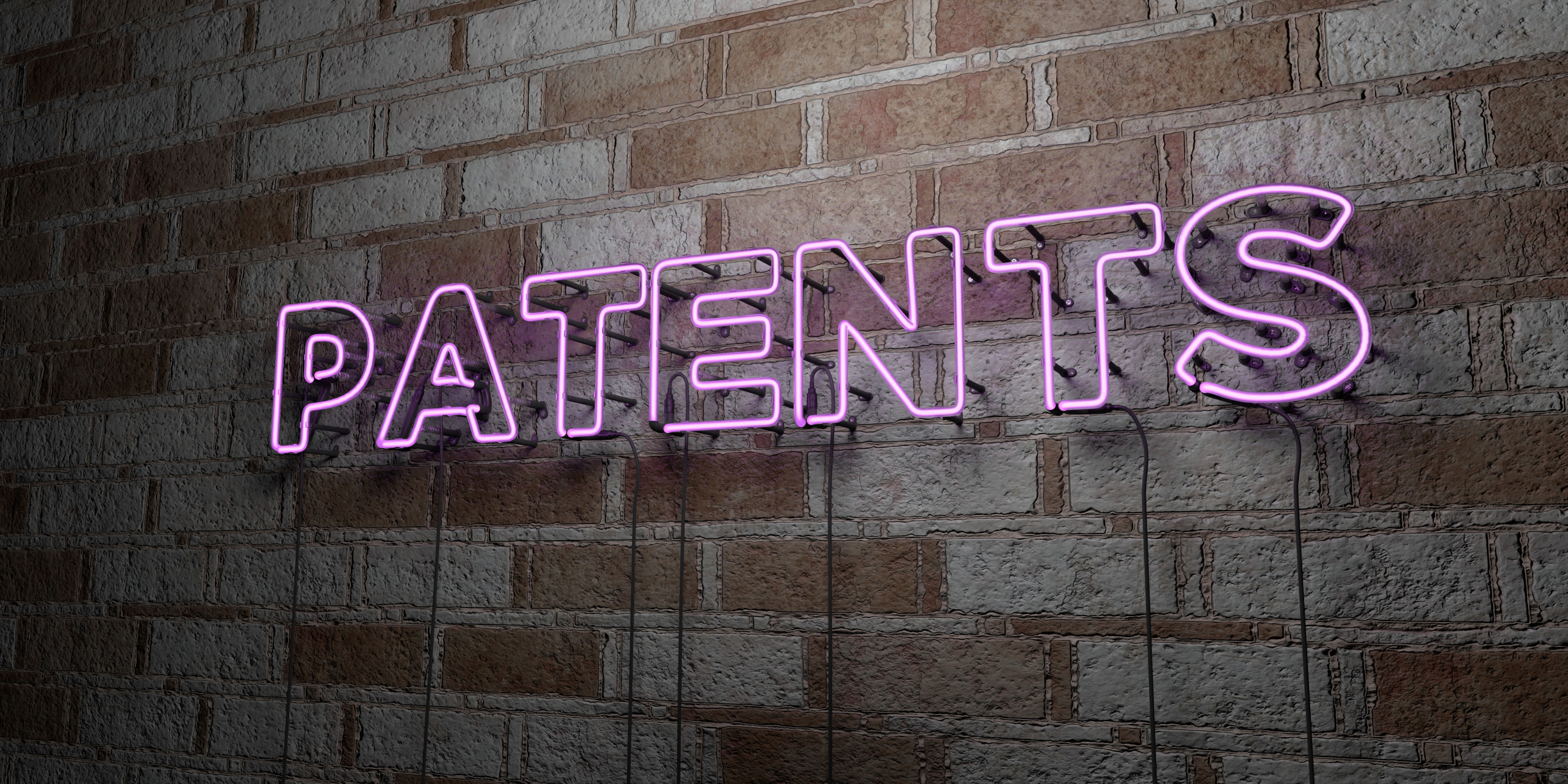The Cannabis Goldrush and the IP Landgrab: Trends in Cannabis Patenting

I was honored to be a panelist at the New York City Bar Association’s event “The Cannabis Goldrush and the IP Landgrab” this week. The title of my presentation was “Trends in Cannabis Patenting.” I began with examples of the three types of patent (utility, design, and plant) before moving onto the somewhat related Plant Variety Protection Act. I then turned to the utility requirement for patents and argued, as described here, that cannabis patents might lack the “utility” requirement for patentability in view of the Controlled Substances Act. I also argued that applicants could potentially rely on “unexpected results” to establish non‑obviousness, a predicate of patentability. Subsequently, I described an ad hoc study of the claims of issued U.S. patents. The study identified 332 patents for “cannabis,” 309 patents for “tetrahydrocannabinol,” and 181 patents for “cannabidiol,” the latter two terms being the best‑known active ingredients of cannabis. Of those 181 patents, the study found that over twenty‑five percent issued to GW Pharmaceuticals plc or related entities and partners. This publicly‑traded British company recently received U.S. regulatory approval for EPIDIOLEX®, a preparation of cannabidiol, in connection with the treatment of two forms of childhood epilepsy. My presentation concluded with commentary on Tilray Inc.’s agreement with a division of Novartis AG “to develop and distribute its medical marijuana in legal jurisdictions around the world.” Other panelists discussed patent enforcement, trademark issues in view of the Controlled Substances Act, and ethical matters for lawyers in the cannabis space.


